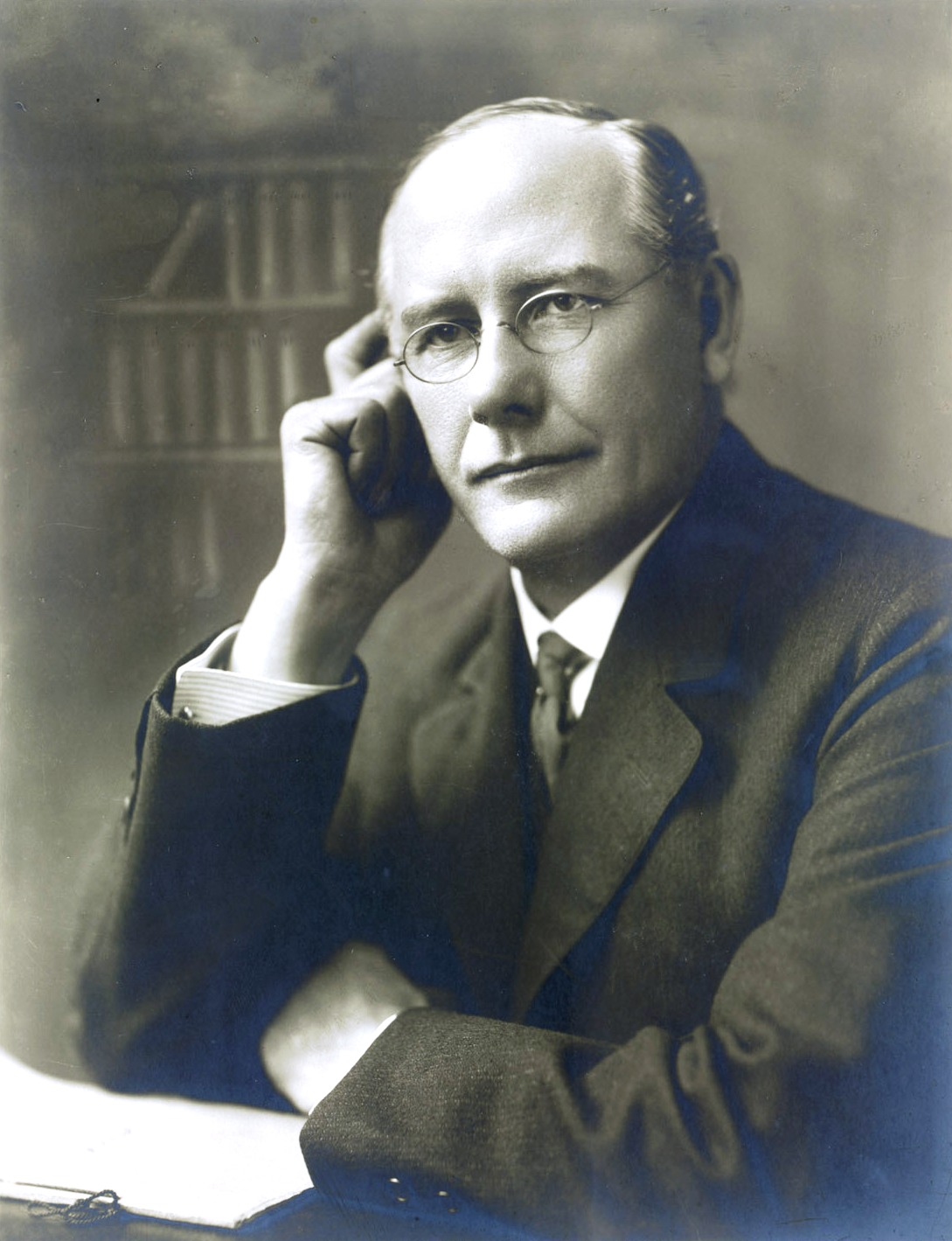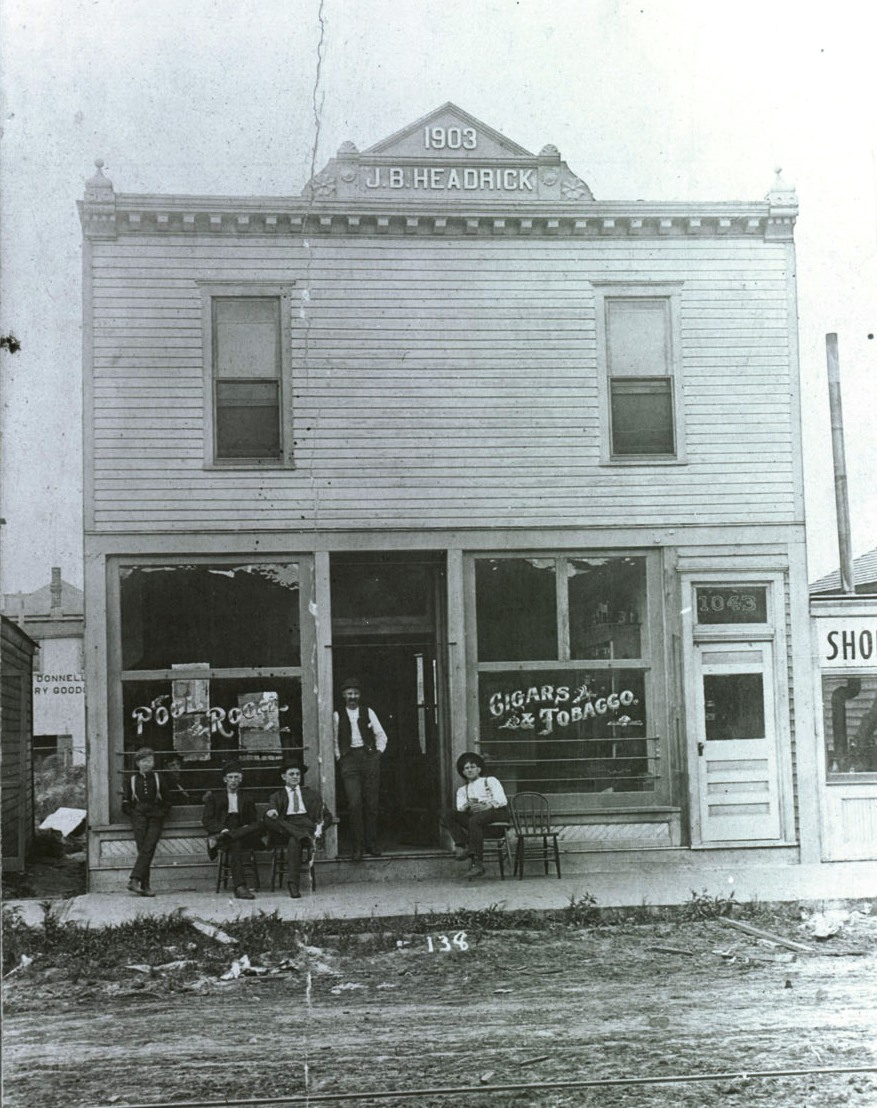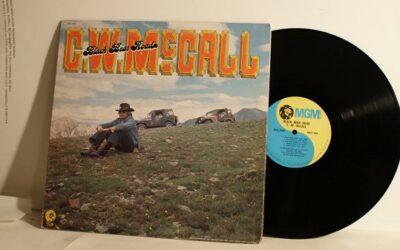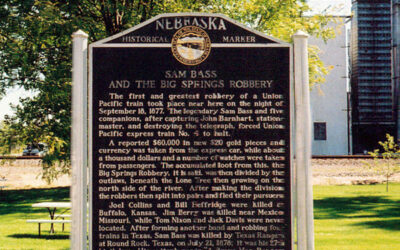Although dating from the 1870s, the city of Lincoln’s preoccupation with the prohibition issue quickened in the first decade of the twentieth century. With the failure of efforts to add a prohibitory amendment to the state constitution in 1890, prohibitionists focused their attention on counties and cities, where they were more successful. The spring election of 1902 in Lincoln resulted in the establishment of a progressive excise, or tax, policy for the city’s saloons, which provided for a gradual reduction in their numbers and limited hours of operation from 7 a.m. to 7 p.m. It also permitted no saloons on O Street east of Tenth Street, or near the high school (Lincoln then had only one) and the University of Nebraska.
 Samuel Avery, chancellor of the University of Nebraska from 1908 to 1927. NSHS RG2756.PH87-8 (at left).
Samuel Avery, chancellor of the University of Nebraska from 1908 to 1927. NSHS RG2756.PH87-8 (at left).
On May 4, 1909, Lincoln residents voted the city dry. The margin of victory was narrow, however, and in 1910 prohibition once again appeared on city ballots. A contemporary campaign message, based on information from University of Nebraska chancellor Samuel Avery, reflected the continuing efforts by Lincoln prohibitionists to use the issue of keeping liquor away from students to bolster their cause at the polls. Entitled “The State University is Lincoln’s Biggest Asset,” it said:
“Keep out the Saloon and this Asset will grow bigger. Here are the proofs from Chancellor Avery’s estimates:
“In 1909 the increase in New Students was threefold that of 1908. Cause: NO SALOONS. In Dry Lincoln no cases of intoxication among the students reported, except a very few due to Havelock. Disorders in Twenty Student Rooming Houses caused by drink, almost entirely stopped in 1909-10. All Fraternities now have rules against bringing liquor into their houses.
“University Students each year spend in Lincoln $1,600,000. In addition, the University and the families it has brought to the city spend $2,400,000 annually, a total of $4,000,000. On the basis of comparative facts for College towns, the University has brought to Lincoln 10,000 of her permanent population.
“The Chancellor’s Summary: In ten years, if Lincoln stays dry, the University will have 1,000 more students than now. This means an average annual expenditure by University people of $1,000,000 more in a Dry Lincoln than in a Wet town. A Paying Proposition: Keep out the Saloon!”

Five men lounge outside a building labeled “Pool Room” and “Cigars and Tobacco” in Havelock about 1905. NSHS RG2158.PH10-3 (at right).
Chancellor Avery’s reference to “cases of intoxication among the students . . . due to Havelock” reflected problems caused by a “wet” Havelock (then a separate municipality, not a part of Lincoln) so near the school. The citizens of Havelock finally voted their town dry on April 5, 1910, ending visits by Lincoln university students to their saloons.
For more information on Lincoln and prohibition, see John Anderson’s “Lincoln, Nebraska, and Prohibition: The Election of May 4, 1909,” in the Summer 1989 issue of Nebraska History, a benefit of membership in the NSHS; past issues are available at the NSHS Landmark Stores.
– Patricia C. Gaster, Assistant Editor / Publications



